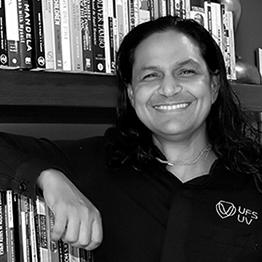|

|
| Prof Dennis Francis |
How is sexuality taught at schools? More importantly, why is heteronormativity taught at schools?
These are the questions that drive Prof Dennis Francis, Dean of the Faculty of Eduation, in his research on sexuality education.
His extensive research papers point out how schools promote compulsory heterosexuality and that homosexuality is something to be hidden and kept separate from teaching, learning and daily school life.
Prof Francis’ research dates back to the early 2000s, when he became concerned about the high HIV prevalence and other sexually transmitted diseases among 15-25-year-olds and the dropping age of sexual debut, as well as the increase of sexually active teenagers that are not adequately protecting themselves against undesired pregnancies and disease.
It was in the light of this that he started looking at how messages of sex and sexuality were conveyed to adolescents before becoming sexually active.
From 2006 to 2008, he was awarded a Medical Research Council Grant under the MRC research priority area of HIV/Aids.
In the past three years, he has collaborated with Dr Renee de Palma, a leading international European scholar who has published widely on sexuality education, gender and heteronormativity.
Using a National Research Foundation (NRF) grant, they collected data from 25 sexuality educators across the Free State on the teaching of sexuality education. They have published three articles in peer-reviewed journals, one is in press, one book chapter was published and two are currently under review.
Prof Francis says he is also pursuing a research project in the teaching of lesbian, gay, bisexual and transgender education in the sexuality education curriculum.